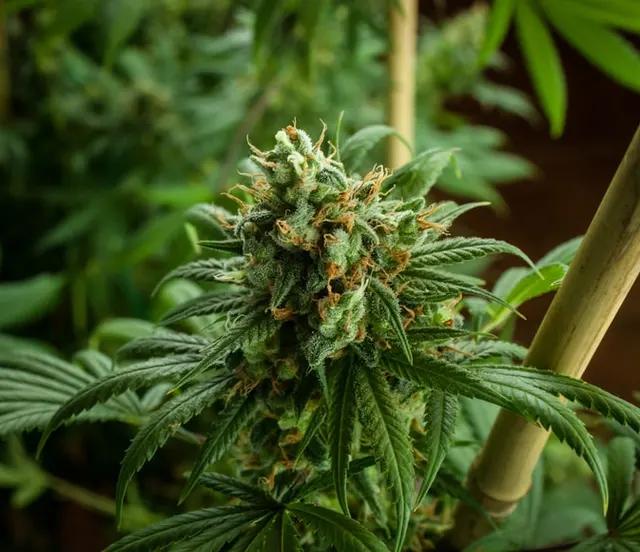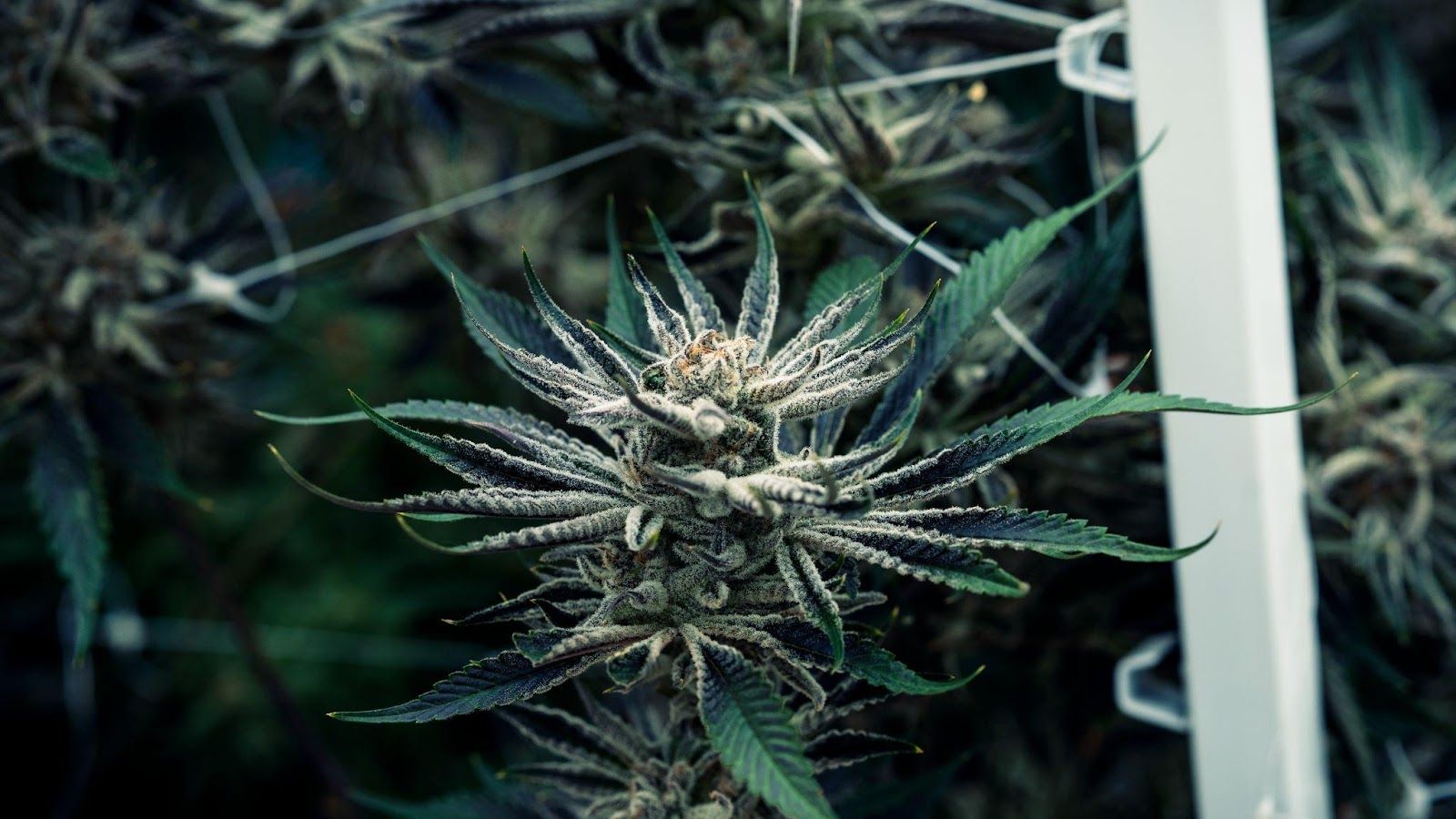
By Jordan Zager, PhD in Biochemistry
It's no secret we’ve evolved beyond our parents’ bud. While the illegal roots of recreational cannabis fostered illicit cultivation of ‘weed’ in ditches, basements, and under dense canopies hidden from aerial photography, the unknown and unsophisticated plant our grandparents and parents smoked isn’t what I want to consume nor should you.
The cannabis we consume in the U.S., legal for recreational use in 18 states now, is on an evolutionary journey that corn, coffee, and even cabbage started centuries ago. With sound science and standard regulation, we can redefine a market that drives billions in sales annually with predictable effects and sophisticated aroma profiles. Just as you might be able to list off the origin, variety, and processing methods used in your favorite wine or coffee, you deserve to know as much about the factors that elevate — or spoil — your cannabis user experience.
As a PhD biochemist and cannabis researcher, there are three key scientific factors that must be prioritized in order to consistently deliver high-quality, trustworthy cannabis products. Here’s what you should know about each of those factors to be both a smarter consumer and a stronger advocate for better bud.
Genetics
When it comes to cannabis genetics, we’re decades behind other horticultural industries. Where those industries have carefully defined plant varieties, refined their genetics to suit consumer needs, and perfected processes to deliver consistent products to the market, what we often see in cannabis is “wish labeling.” Strains get renamed based on what’s currently selling well in the marketplace without ensuring a consistent chemical profile — the true contributor to the effect elicited on the user.
Look at it this way: If you purchase a strain from a brand in Nevada, you might have a completely different experience than when you purchase that “same” strain in a different state. Blue Dream has become the textbook example of that scenario from the early days of recreational cannabis. As an incredibly popular strain, brands everywhere produced their own Blue Dream under their label. But if you looked at each of these products on the shelf, odds are great that they didn’t look the same, they didn’t smell the same, and they didn’t produce the same user experience.
Current labels, with a simple user experience description and an indica, sativa, or hybrid categorization are often all the buyer has to discern what kind of product they’ve selected, but this information tells us almost nothing about what kind of experience the product will actually deliver. To truly help consumers understand their cannabis, it’s on brands to label a genetic variety the same time in and time out, and on lawmakers to implement a system for reporting chemotypes (a profile of the cannabinoids and terpenes in a variety) that buyers can reference and process with relative ease.
Cultivation: Inputs and Environment
Another critical factor in delivering high-quality and consistent cannabis across harvests are the inputs (watering schedule, fertilizer, etc) and environment where those genetics are grown.
Cannabis is a sensitive plant, and as a living organism, it responds to changes in its environment just like we humans do. Similar to how elite athletes track their vitals, food consumption, and rest, very small variations in the grow environment can have an impact on the cannabis plant’s final chemical fingerprint, yield, appearance, and aroma. A tightly regulated and well-monitored environment coupled with well-established genetics is what ensures consistently high-quality flower.

The results of a proper growth cycle: Dense, trichome rich flower grown uniformly across the grow room.
How do growers achieve this? It all comes down to data tracking. Indoor grow facilities have become increasingly higher tech in recent years with more stable and controllable environments than we’ve historically seen with greenhouses and outdoor environments. What the industry hasn’t fully embraced is rigorous monitoring and tracking programs that ensure data is captured, analyzed, and leveraged effectively.
For example, most growers should be asking questions like: How much water went into the crop over its life cycle? Was the watering done by hand or with drip systems? Is the plant actually taking up the nutrients it's being fed?
But there’s a next step here. Today’s most sophisticated growers also optimize watering intervals, rigorously track Vapor Pressure Deficit, and understand the roles that humidity, temperature, light density and spectrum play in driving flower growth and formation. While these specifics may seem minor, they can have significant impacts on the final product.

Left: Soil monitoring hardware constantly measures water content, saturation, and fertilizer concentration in the soil itself.
Right: Tracking of water content and fertilizer concentration of the soil across a 7 day period.
Post-Harvest Processing
Post-harvest processing is everything that happens once the grow is complete, from the moment the plant is cut to how it is dried, trimmed, packaged, and stored.
For a brand to have repeatability in the end product, especially in the flower market, their post-harvest process needs to be the same time and time again. Without the right process, product can detrimentally lose quality. As a consumer, this is also where you can really determine the quality of the product you’re about to buy. If the plant was treated well post-harvest, you’ll be able to tell when you take it out of the package.
How does it smell? Does it smell like tea or the stereotypical scent of weed? Is there a nice bouquet that’s representative of what comes with that specific variety? Can you squeeze the bud and see it bounce back, or does it crumble into a dry powder?
These factors are all indicators of humidity and temperature control in the drying process. For most farmers and brands, getting this combination right is one of the biggest pain points, so it’s crucial to consistently measure water activity — the measure of water available for bacteria and mold to grow, a key metric among consumer packaged goods — throughout the drying process to identify the perfect time to stop drying and begin curing the flower. Smart monitoring systems, environmental controls and sensors are critical investments for safeguarding against any changes in conditions that can damage or destroy a harvest in its entirety.

The results of a proper growth cycle: Dense, trichome rich flower grown uniformly across the grow room.
Making informed buying decisions
So how can you, the consumer, leverage this knowledge to make an informed decision? While all of the information might not be readily available to you today, especially depending on your jurisdiction, my first recommendation is to go into the store and talk to the bud tenders. They usually know the products intimately and they’ve been trained by the brands themselves to communicate their process.
But to truly realize the full potential of cannabis, growers and brands need to invest the time today to understand and apply sound scientific approaches across these fundamental aspects of their cannabis programs. One standard I’d love to see adopted across the industry is providing the consumer with a visual representation of what they’re buying besides just a bud in a jar. If you’re in a jurisdiction that requires full chemotyping, the data already exists. This is what ultimately influences consumer experience, and consumers should have access to this information.
As the industry progresses, and consumers demand more transparency into brands’ growing and labeling processes and advocate for better legal cannabis regulations, we’ll collectively bring cannabis closer to the level of other vital crops where consistency has long been the norm. And someday in the near future, you’ll be able to walk into a store and buy cannabis with as much confidence as you have when choosing your favorite beer, bottle of wine, or bag of coffee beans.
Jordan Zager, PhD
Dr. Jordan Zager earned a PhD in Biochemistry from Washington State University and is a sought-after expert in natural product biosynthesis and chemical analysis of cannabis resin compounds. Dr. Zager is CEO and co-founder of Dewey Scientific, a cannabis agritech bringing credibility and consistency to cannabis through sound science and sustainable principles.
See original article at: https://www.benzinga.com/markets/cannabis/22/03/25883955/beyond-your-parents-bud-a-cannabis-science-insider-breaks-down-the-top-3-factors-to-uplevel-your

